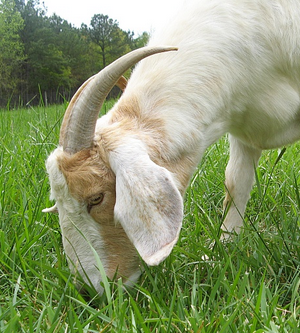Assessment of pops contaminated sites and the need for stringent soil standards for food safety for the protection of human health

https://www.ncbi.nlm.nih.gov/pubmed/30933768
Lee Bell ESD, IPEN's Mercury Policy Advisor, and Jindrich Petrlik RNDr., Chair of IPEN's Dioxin, PCBs and Waste Working Group and Director of Arnika's Toxics and Waste Programme, have contributed to a new paper that addresses POPs-contaminated sites and the need for stringent soil standards:
Abstract
Persistent organic pollutants (POPs) including PCDD/Fs, PCBs and organochlorine pesticides (OCPs) are among the most important and hazardous pollutants of soil. Food producing animals such as chicken, beef, sheep and goats can take up soil while grazing or living outdoors (free-range) and this can result in contamination. In recent decades, large quantities of brominated flame retardants such as polybrominated diphenyl ethers (PBDEs), short-chain chlorinated paraffins (SCCPs) and per- and polyfluorinated alkylated substances (PFAS) have been produced and released into the environment and this has resulted in widespread contamination of soils and other environmental matrices. These POPs also bioaccumulate and can contaminate food of animal origin resulting in indirect exposure of humans. Recent assessments of chicken and beef have shown that surprisingly low concentrations of PCBs and PCDD/Fs in soil can result in exceedances of regulatory limits in food. Soil contamination limits have been established in a number of countries for PCDD/Fs but it has been shown that the contamination levels which result in regulatory limits in food (the maximum levels in the European Union) being exceeded, are below all the existing soil regulatory limits. 'Safe' soil levels are exceeded in many areas around emission sources of PCDD/Fs and PCBs. On the other hand, PCDD/F and dioxin-like PCB levels in soil in rural areas, without a contamination source, are normally safe for food producing animals housed outdoors resulting in healthy food (e.g. meat, eggs, milk). For the majority of POPs (e.g. PBDEs, PFOS, PFOA, SCCP) no regulatory limits in soils exist. There is, therefore, an urgent need to develop appropriate and protective soil standards minimising human exposure from food producing animals housed outdoors. Furthermore, there is an urgent need to eliminate POPs pollution sources for soils and to control, secure and remediate contaminated sites and reservoirs, in order to reduce exposure and guarantee food safety.
Copyright © 2019 Elsevier Ltd. All rights reserved.
